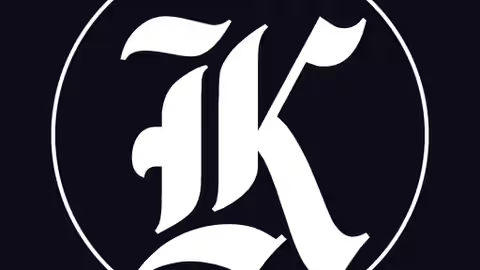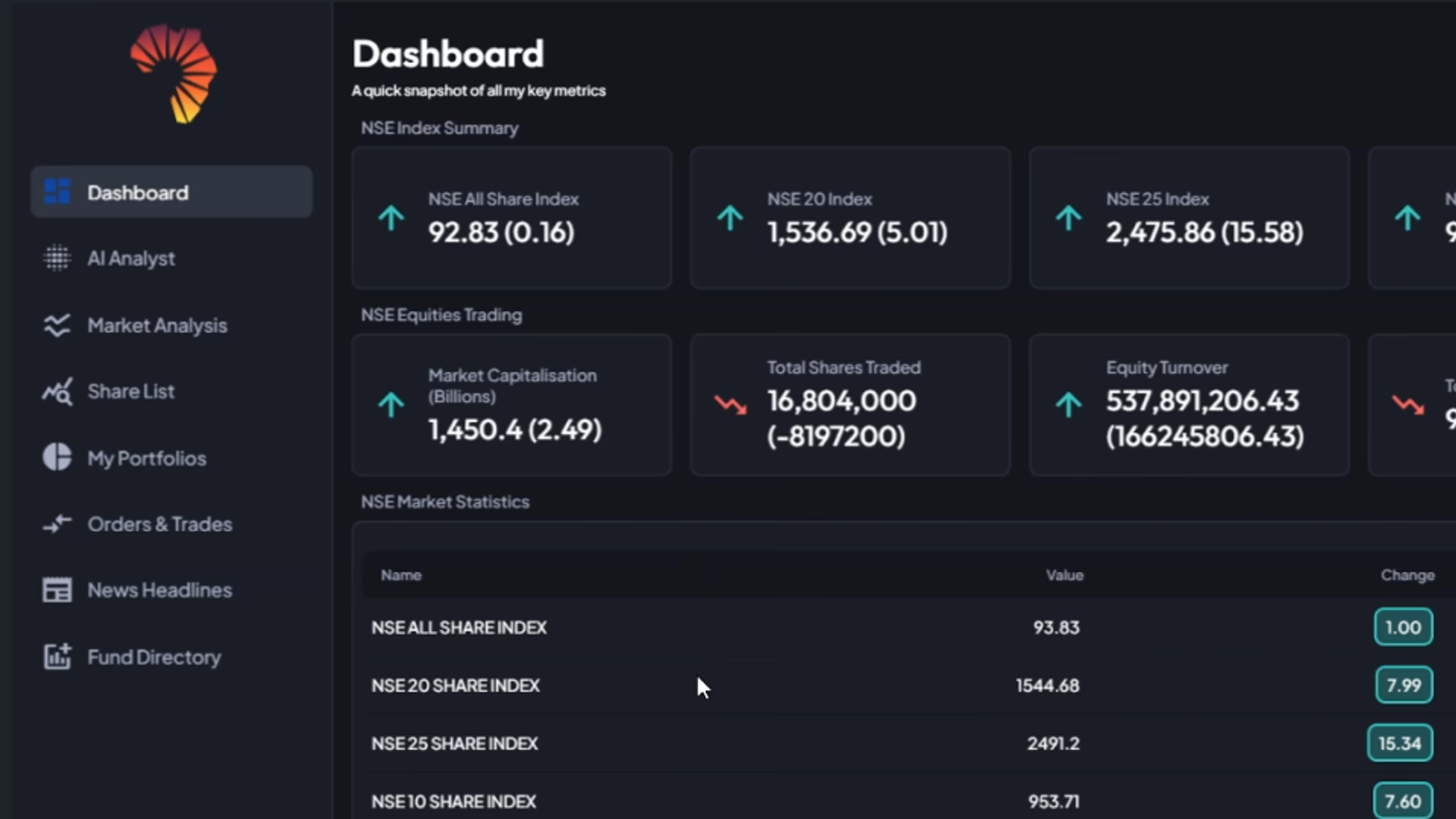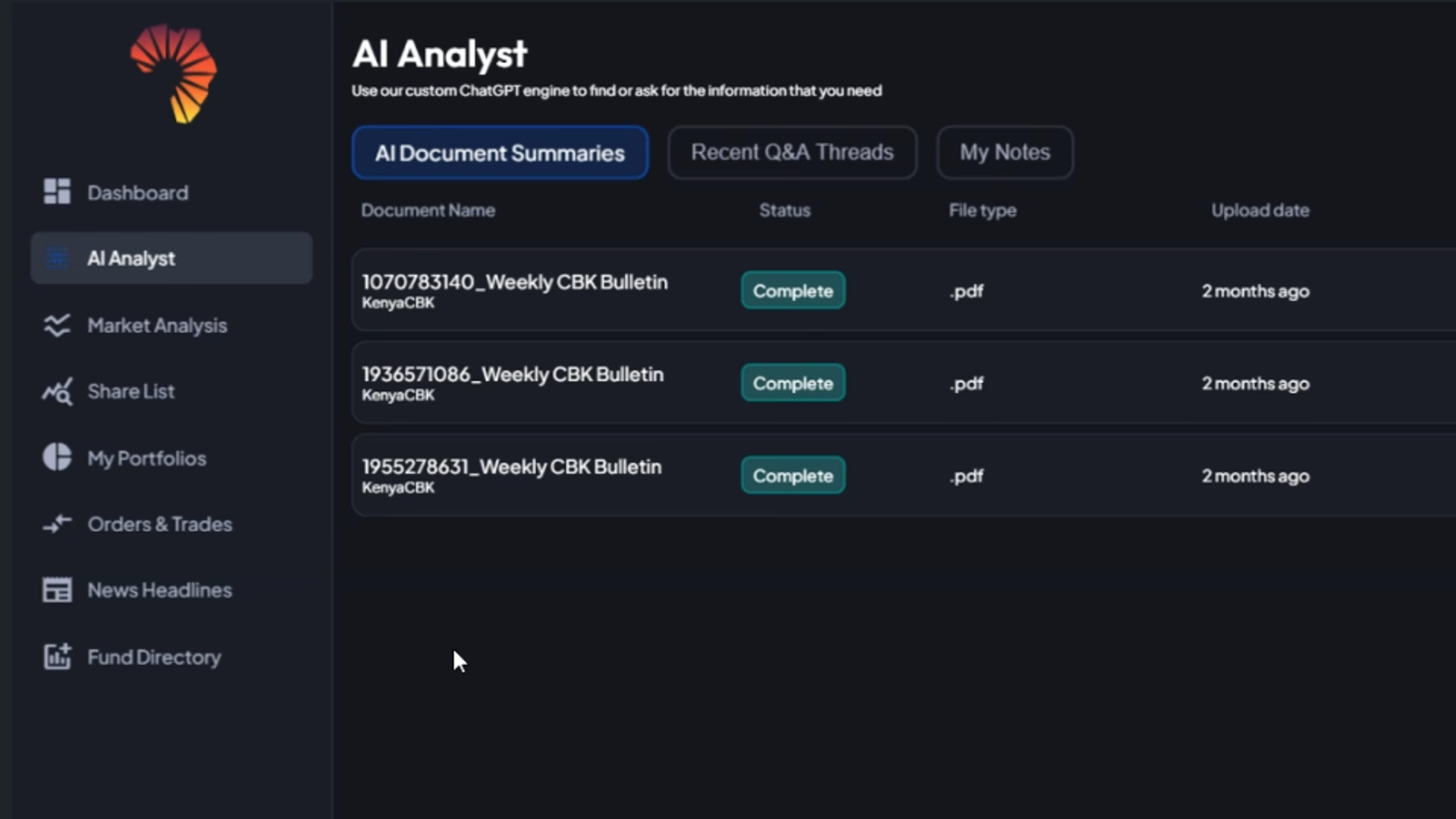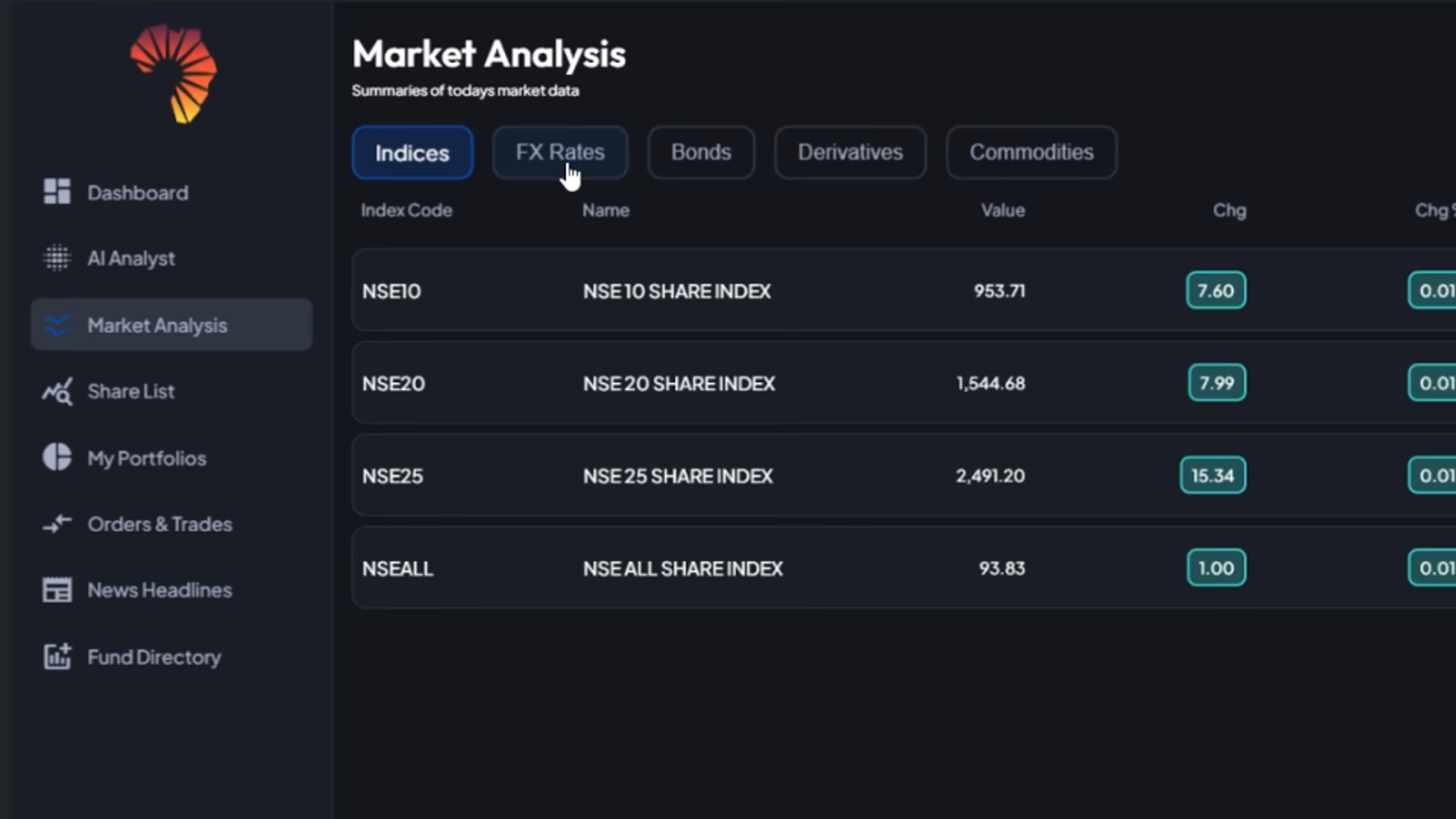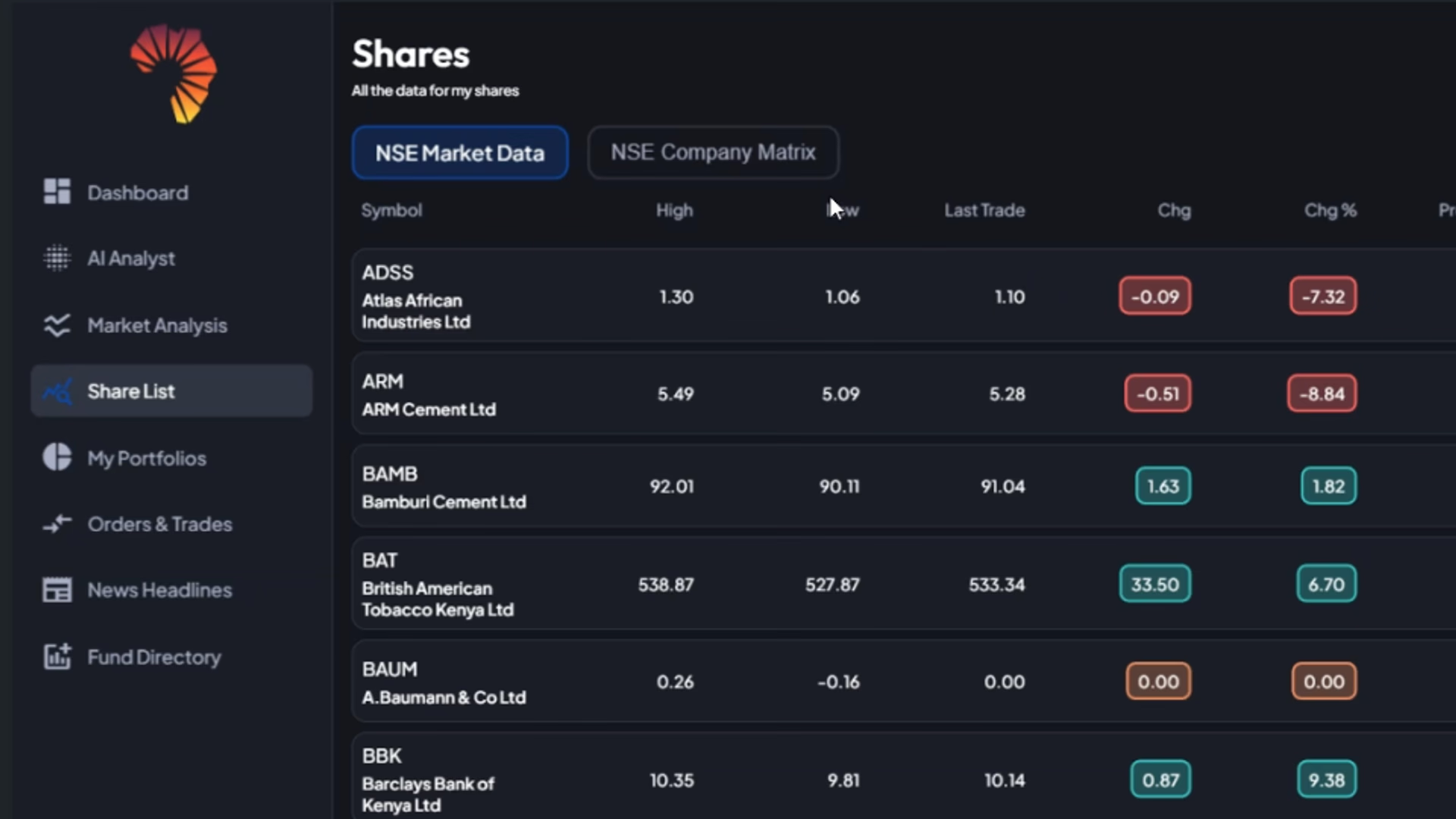The Kenya Bankers Association (KBA) is projecting that all banks will reduce interest rates on loans by the end of this month, after the latest benchmark rate cut by the Central Bank of Kenya (CBK).
- •On Wednesday KBA leadership committed that the interest rates are coming down and that it is immediate.
- •On February 5, CBK cut the base lending to 10.75%, the fourth cut in a row, saying it wanted to do more to support lending and boost economic growth.
- •Only two lenders-KCB Group and Co-operative Bank-have cut rates since the last CBK review, despite the regulator saying it would begin conducting on-site inspections of interest rates.
“It is not now an aspect of delay because of Central Bank of Kenya’s gradual steps which has helped our members to balance on their deposits, beginning this month and we have been able to see some banks move down, the whole industry is going to move down,” Raymond Molenje, Kenya Bankers Association’s (KBA) CEO said during the launch of Banking Customer Satisfaction Survey 2024 on Wednesday.
Earlier, the Competition Authority of Kenya (CAK) had criticised lenders for the slow pace in effecting the changes following consecutive reduction of key lending rate. In December and January, KBA called for more rate cuts to stimulate private sector growth and revive economic activity. While the CBK heeded the calls, lenders have come under criticism over not passing rate cuts to customers fast enough.
“It cannot be that when Central bank adjusts upwards its key lending rate, banks effect the changes immediately but drag their feet when key rates are lowered,” David Kemei, Director-General Competition Authority of Kenya said at the event.
In turn, lenders have called for “measures to support the ongoing risk-based credit pricing framework, and resolve credit market challenges such as the long-standing pending bills to forestall a further escalation of NPLs.” In December, 23 banks reduced their lending rates, 14 hiked their overall lending rate, while Equity bank retained its November rates. Both KCB Bank and Co-operative Bank were among the banks that hiked rates at the time.
Samburu (0.11%), Marsabit (0.19%), and Tana River (0.20%) display the least banking penetration, the KBA Survey shows. Meru and Uasin Gishu follow Nairobi as top banking hotspots while counties such as Kiambu (4.73%), Nakuru (3.37%), and Kisumu (2.71%) exhibit moderate levels of banking access.
Their growing economic profiles have been bolstered by a targeted expansion of branch networks that strategically tap into these burgeoning markets. The stark contrasts underscore both the limited physical presence in these areas and the corresponding challenges in reaching these customer segments.
